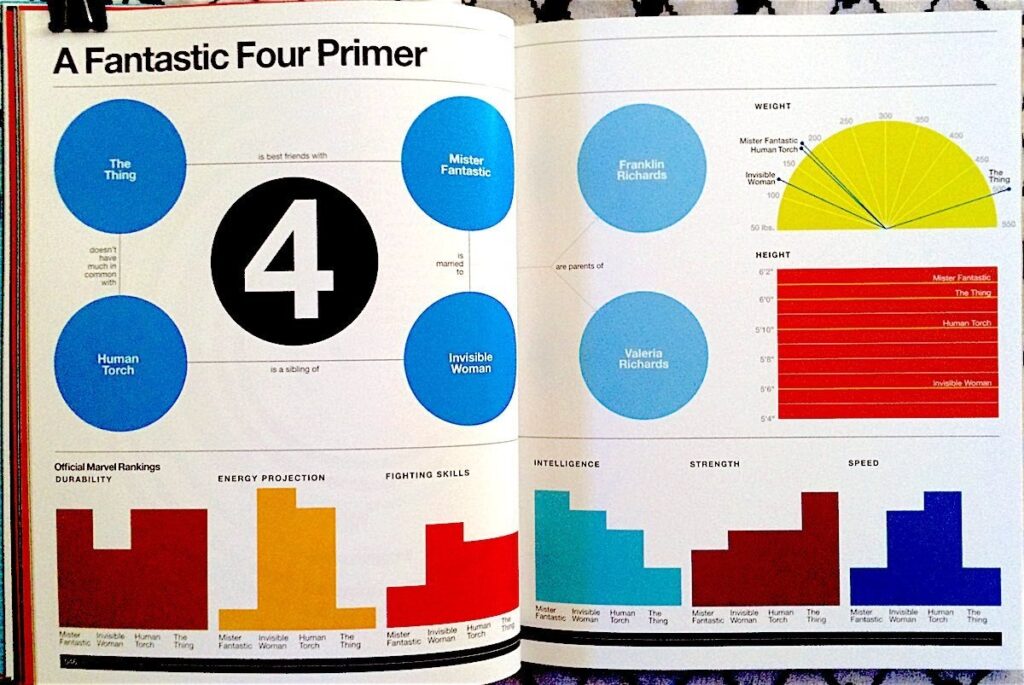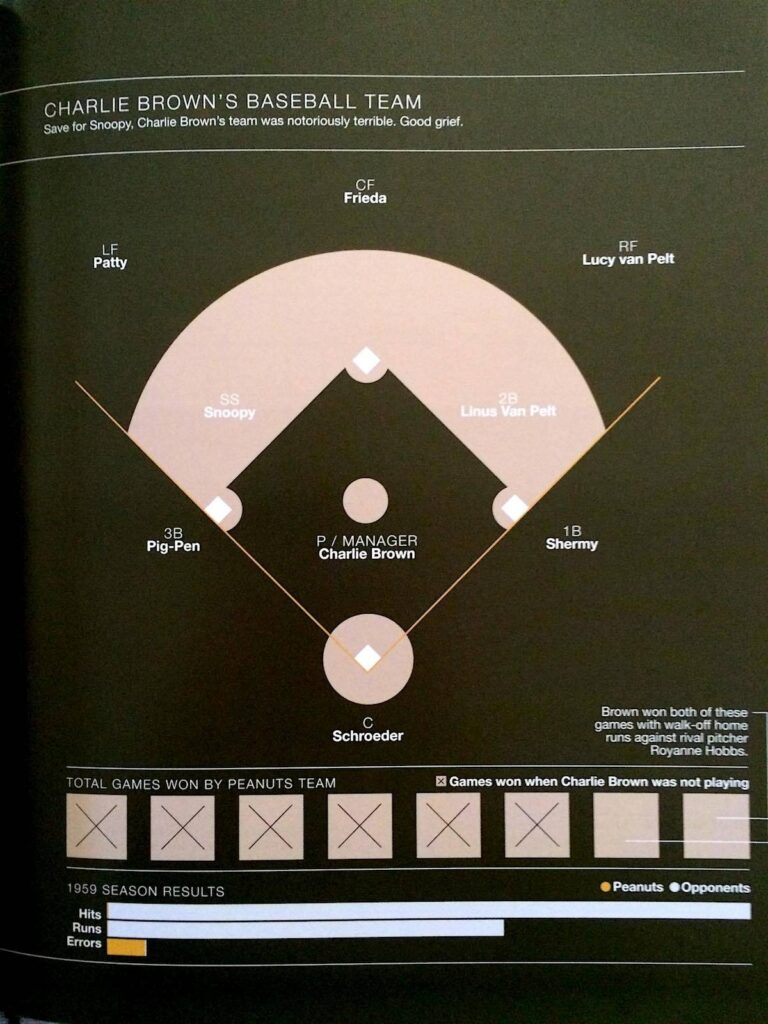Gar’s Tips & Tools – Issue #178
Weekly-ish-ish access to tools, techniques, and shop tales from the worlds of DIY
Gar’s Tips, Tools, and Shop Tales is published by Cool Tools Lab. To receive the newsletter a week early, sign up here.
Now Offering Paid Subscriptions
I’m now offering paid subscriptions to Gar’s Tips & Tools. It’s $8/month or $80/year. So, what do you get for your paid subscription? Same great tips, only carefully and lovingly candy-coated with my most sincere thanks for your generous support. Subscriptions will help keep this labor of love going. Of all the writing and DIY endeavors in my life, I’ve gotten the most positive support for this newsletter. People seem to really enjoy and derive real value from it. So, I figured some of those subscribers might be willing to chip in a few bones a month to help keep the shop lights on. If that’s you, a million thanks! Periodically, I’ll also choose a paid subscriber and send them a little something special in the mail as a token of my appreciation. I also have switched on a “Hero of the Realm” patron level. If you support me at this level, I will be truly humbled. All Heroes of the Realm will be sent a fun package of surprise goodies.
Thanks in advance to all paid subscribers. You are the wind beneath my Carhartts!
Design and Engineering as a Superpower

In my youth, for around 15 years, I was an offset printer (part of that time) and a graphic designer (all of that time). Beyond a high school vocational class, some night classes, and weekend workshops, I was self-taught. In addition, all of my life, from my teen years to the present, I’ve been a maker of some sort. And, my day job has always involved writing about DIY/making, engineering, science, and technology. I know a lot of technologies and techniques that I have never actually engaged in. For instance, I know a surprising amount about machining and welding, but I’ve done little of the former, none of the latter.
I share all this not to recite my resume, but to highlight a unique kind of insight gained from those many years of engaging with the designed and built world. Like many of you, I’m sure, this life-long journey has endowed me with a something of a superpower. When I look at any designed, mechanical, or constructed object, I can usually understand something of the design process, the mechanisms, and the engineering principles—the physical science—behind it. This ability isn’t just a useful skill; it’s a different and powerful way of seeing and interacting with the world. And along with it comes a deep satisfaction in understanding at least the basics of how physical systems work. I’d love to hear how your superpower has served you.
Using Refillable Propane Bottles
In this See Jane Drill installment, Leah Bolden shows you how easy it is to get a propane bottle adapter so that you can re-fill your own propane cylinders rather than buying them (commonly used for plumbing, DIY projects, camping, etc). All you need is the adapter and refillable cylinder. For the source propane, you can use a typical 20-pound BBQ propane tank (which holds just under 5 gallons of propane). Unless you do a lot of pipe sweating or other tasks that use a propane torch, I don’t see a huge savings in this, but it’s nice to know.
Every Dremel Bit Explained
There are many of these Dremel bit explainer videos on YouTube and elsewhere. This one attempts to cover every single bit type, specific bit, and a few bit accessories, like different kinds of collets, the keyless chuck, and the EZ-Lock system (which I love and can’t recommend highly enough). One great thing about this video is that he shows how the bits are actually used and offers a few tips along the way. There are a couple of bits here I was not familiar with and am now interested in, such as the Kutzall Flame Burr tool, which looks great for hogging out a log of material, and the EZ Drum Mandrel.
What’s Up with a Sewing Gauge Ruler?
I’ve always been fascinated by the sewing rulers/guides that I’ve seen in sewing kits going back to my sister’s in high school. It looks like a measuring multi-tool with all sorts of enigmatic functions built into it. But beyond measuring and marking a hem width, I had no idea what the rest of it was for. Sewing teacher Cornelius Quiring had the same questions. In this video, after consulting 19th century patents to figure it out, he shares what he learned. A few cool revelations here, like that little triangle that sticks out of one end of the gauge is for squaring corners of fabric that you’ve inverted. And the extra width on the other end of the ruler is for measuring seam allowances.
Ingenious Rubber-Band Quick Vise
Such a clever idea for a quick planing vise using wooden wedges and heavy-duty rubber bands.
Understanding the Clutch on Your Drill
In this LRN2DIY video, Nils looks under the hood of drills to better understand the clutch on your drill, how it works, and what its uses and limitations are. He looks at mechanical vs. electronic clutches, the arbitrary nature of clutch settings, and gives demos of driving screws using various clutch settings. As the saying goes, the more you know, the more you can work with it. There’s a lot here to know which should help you make more intelligence decisions on how to effectively use the clutch on your drill.
Maker’s Muse

I wanna rock n’ roll all night, and power every day. [Link]
Shop Talk
Tips & Tools readers join in the conversation
Frequent newsletter tipster, Eric Kaplan, writes:
I have a work trip coming up next week where I need to do some rough layouts outside and need to be able to pull a line perpendicular to another. But since I’m flying, my tool to do this has to be very portable.
I solved this with a little geometry— a basic 6’ folding ruler makes a 3-4-5 right triangle that is 1-1/2’ x 2’ x 2-1/2’ and gives me the 90° corner that I’m looking for. A binder clip hold the two ends together and the whole thing will slip into my briefcase with ease (when folded, of course).

More fun with rulers. My pal Steve Fenn sent me this little hack. He inherited his father’s desk but it had long ago lost the dividers inside of it. Steve realized that home store yard sticks fit the bill and they’re cheap ($1.49 ea.). As he jokes, now he has a lot of short rulers left over.


















